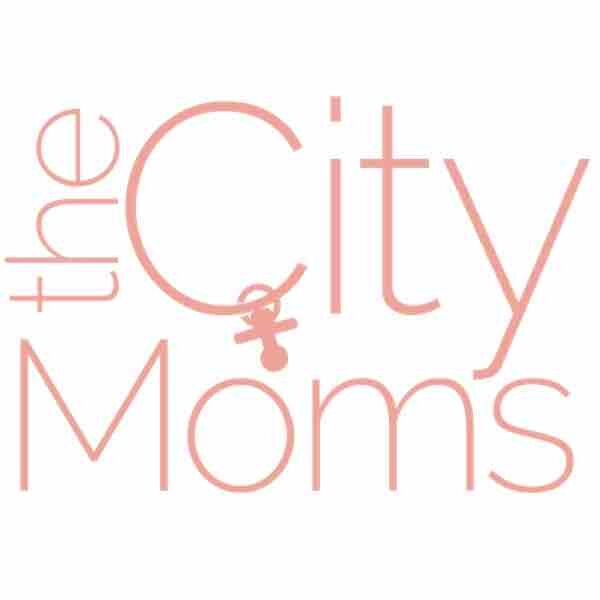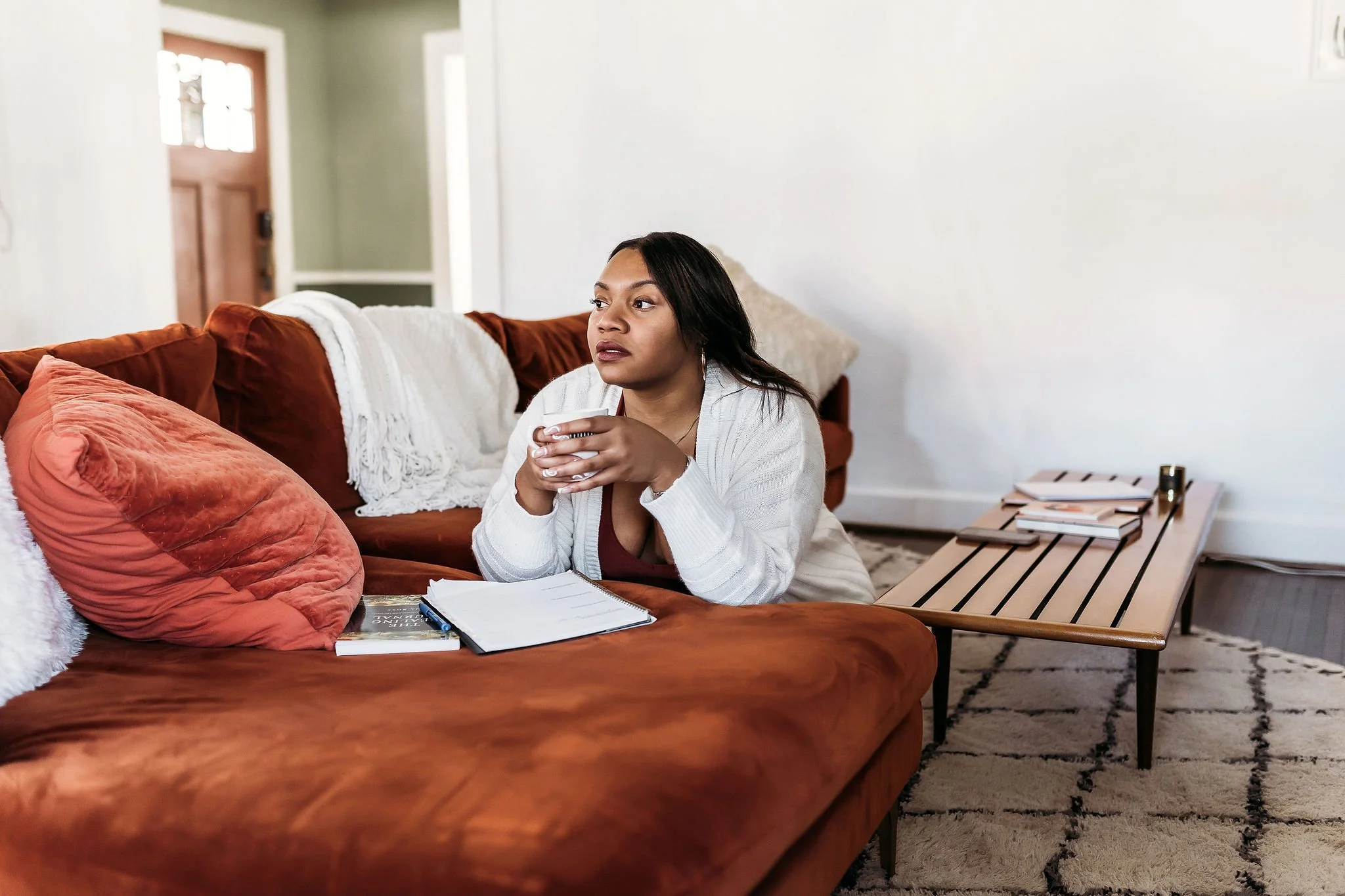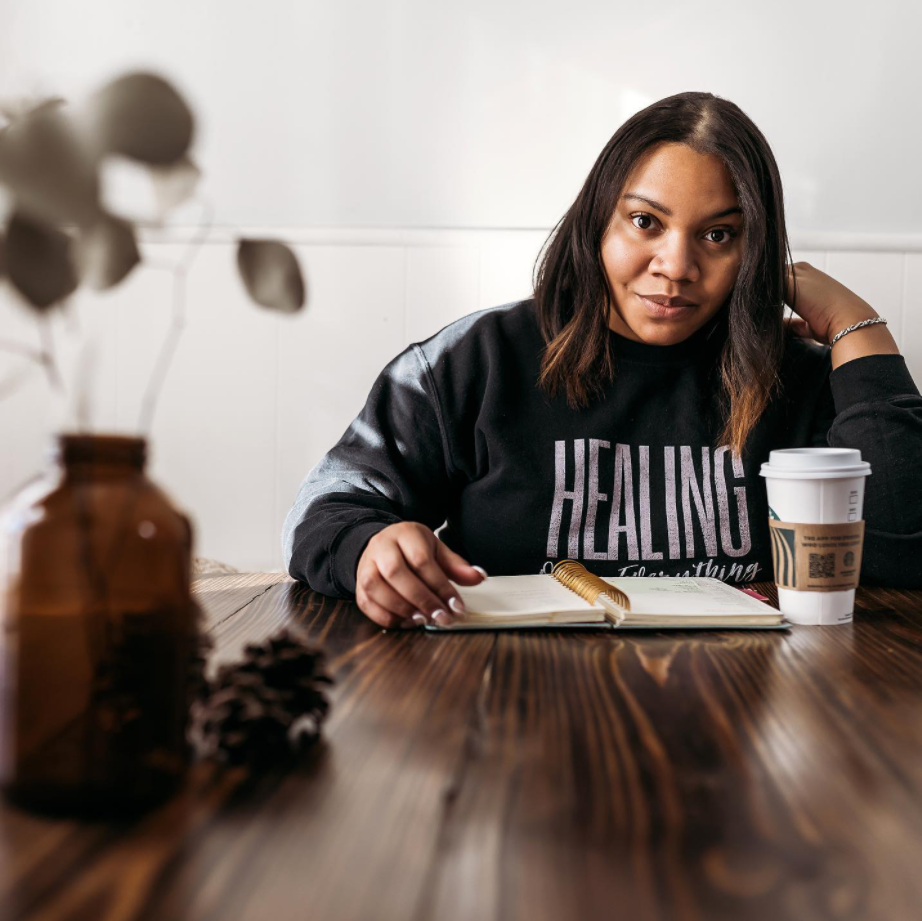Anything but normal: living with fibroids
Editor’s Note: July is Fibroid Awareness Month, and in honor of shedding light on this “invisible condition,” we asked the incomparable Aisha Rose to share her story in 2023. Catch up with her journey on Instagram.
I was nine years old when I got my first period and didn’t know what it was. No one had given me “the talk” yet. I remember hiding and throwing away my underwear, thinking I had just played too hard that day. It wasn’t until it came the second time that my mom realized it happened. Can you imagine having to explain to a child that young what a period was and that it wasn’t going away for many years? I certainly couldn’t, but my mom did her best and set up a girl’s night for us to celebrate this new journey.
Image Credit: Taylor Pearl Photography
As I got older, I was always in excruciating pain. I would miss school regularly because I could barely walk due to the cramps and spasms. I thought this was normal for everyone and people would say I just didn’t handle pain well. I would stay home and try to ease my symptoms with medication, heating pads, and warm tea. It wasn’t until my junior year of college in 2012 that I had my first ultrasound that showed fibroids and cysts. The treatment? Birth control. I tried everything: pills, Depo-Provera shots, the patch, and more pills. Some birth control methods would make my symptoms worse, causing more pain and bleeding that would last for weeks. Many don't realize there aren't specific treatment options for fibroids or endometriosis. So if you don't want to take birth control, you suffer. After another ultrasound, just three months later, my fibroids had grown and multiplied.
I saw so many doctors in my effort to find relief and someone willing to offer a solution that would actually help. They all knew I had fibroids and some even mentioned the possibility of endometriosis. However, as a black woman, I found that most were dismissive of my symptoms or often said,
“You’re so young, I wouldn’t worry about this right now”.
Indeed, it was the very thing I should have been worried about. In 2016, I switched doctors for the fourth time. No progress had been made with my current doctor, so I requested a referral to a specialist. I was always in pain and had been married for two years at that time, unable to get pregnant.
After three months, the appointment arrived. I remember it so vividly, sitting in his office hoping that this time would be different. I fought tears as I explained my symptoms: heavy periods, chronic pelvic tenderness, backaches, chronic constipation, and the pain with anything, even sex.
That man looked in my eyes and said, “You’ve told every doctor these things and no one has helped you?” I broke down.
He was right. No woman I’d seen thus far had helped. This time, someone was finally hearing the pain that I’d been sharing for years. We discussed my frustration from the week before when an ultrasound technician only saw one fibroid and said, “I doubt this is causing you any pain”. He reassured me that he was going to get to the bottom of it.
During that visit, he found 11 fibroids, inside and along the back of my uterus. He was confident that I had endometriosis as well. I left that appointment with two surgeries scheduled, with the myomectomy being just two months away. While I felt relieved and validated, I was also angry that my pain had to be validated before it was addressed.
We also left with a plan. I needed to have as many healthy pregnancies as possible before my symptoms returned because the next plan after that would be a hysterectomy. Imagine hearing that at 25 years old. However, the surgeries were a success. He removed all of the fibroids and scarring from stage three endometriosis. Immediately, the pain in my back was gone when my period returned, it was lighter and less painful. I was even able to safely have my son in 2018. But we’d only make part of the plan possible. My husband and I divorced in 2019, with one child.
Read more from Aisha…
Now, here we are in 2023 and I’m a single woman in my 30s with the desire for more children but my symptoms are back stronger than ever. I’ve switched birth control three times over the last year, but they weren't effective. Every cycle I’ve had this year lasted for a minimum of 40 days. Yes, 40 days! There have been weeks I couldn’t go through days without bleeding through all of my clothes. It’s embarrassing. It’s honestly been miserable trying to manage this “invisible” condition while being a mom, an entrepreneur, a woman working in corporate America, and hell, a person in general. I’ve pushed through trying to maintain a good diet, working out, and taking care of myself until we can schedule surgery number two.
Image Credit: Taylor Pearl Photography
This journey I’m on has taught me so much. It’s taught me the importance of young girls not being shy or afraid to discuss their periods. It’s taught me the importance of advocating for my health and ensuring I’m heard when it comes to my body and quality of life. It’s taught me the power of sharing my story because so many women are suffering with this in silence and think they’re alone. I hope that the more we share, the closer we’ll get to better treatment and more options. But most importantly, I’ve learned that we aren’t alone. You aren’t alone.
Aisha Rose is a mother, creative, writer, marketer and energy goddess.
Aisha Rose has over eight years of experience in the marketing industry and now works at a Fortune 500 company. Helping people is at the core of almost everything she does. That is what ignited her creation of The Strength of SHE, a women's empowerment community that encourages black women to be well, be loved and be you.
She utilizes her social media platform and blog to highlight and elevate messages of self-care, self-love and self-awareness. She recently published two journals: The Healing Journal, to help people ground themselves in self-discovery through healing, and Reflections and Manifestations Journal, to enable people to see month to month growth and progress in their goals, reflections and manifestations set for the year.
Aisha is a go-to resource for showing others how self-care fits in their daily life. People regularly seek her recommendations in places to visit and products to use, to live better. She has partnered with HauteRevolt Cosmetics, Aqua-Tots Swim School, Massage Heights Indy and Fabletics.
Continue the conversation and follow Aisha’s journey at theaisharose.com. To learn more about the communities that have helped her, visit The White Dress Project and follow Dr. Jessica Shepherd on Instagram.






